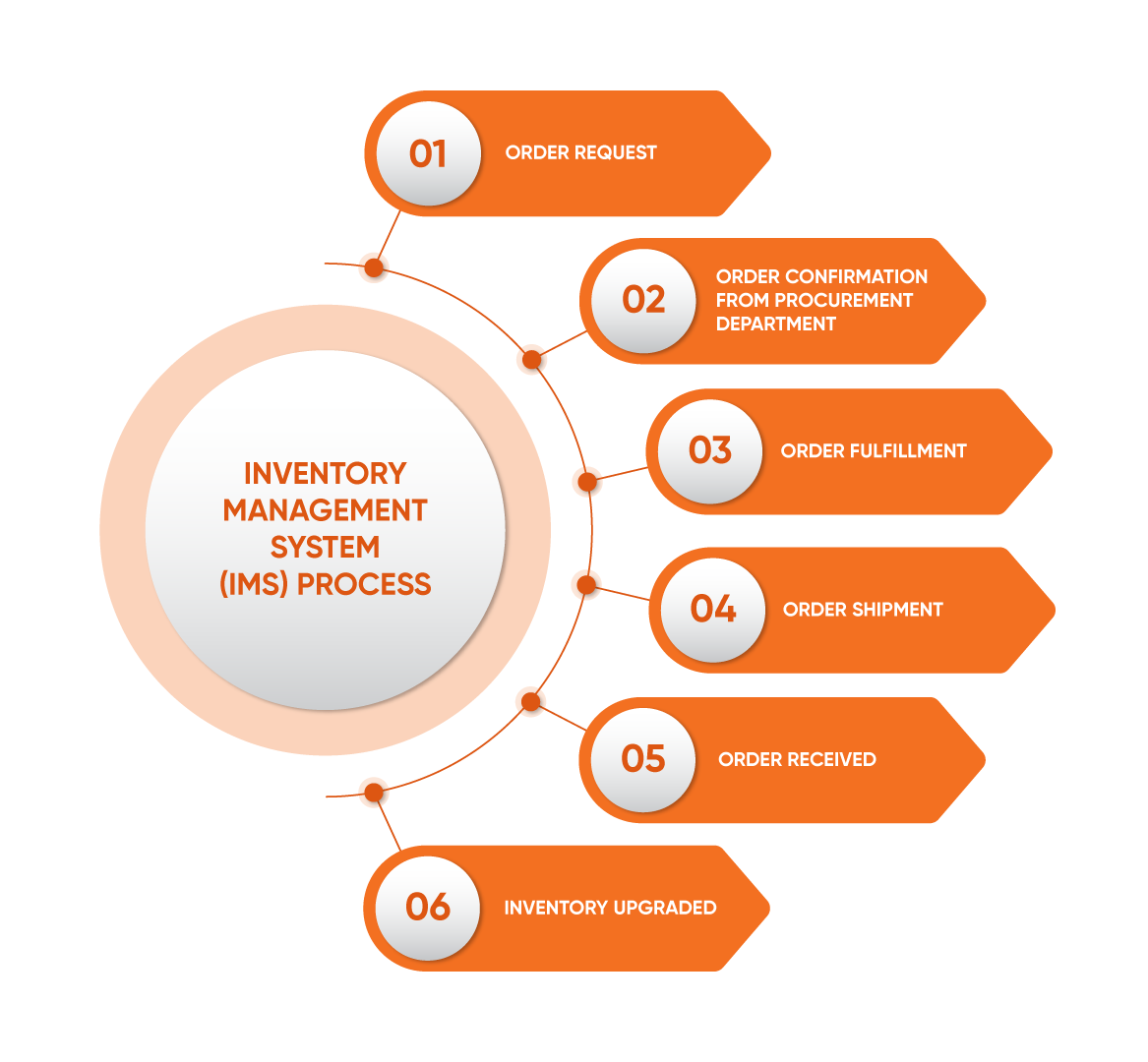Cloud computing inventory management is revolutionizing how businesses manage their stock and resources in today’s fast-paced digital world. This innovative approach not only enhances efficiency but also brings flexibility and scalability to inventory processes. As companies increasingly shift towards cloud solutions, understanding the nuances of cloud-based inventory management becomes essential for staying competitive.
In essence, cloud computing allows for real-time tracking and management of inventory from anywhere, streamlining operations and reducing costs. By leveraging advanced technologies, businesses can optimize their supply chains, improve accuracy, and gain valuable insights into their inventory levels, ultimately leading to better decision-making and customer satisfaction.
In today’s fast-paced world, finding the right balance between work and personal life is more important than ever. Many professionals struggle with the demands of their job while trying to maintain meaningful relationships and a healthy lifestyle. This article delves into the significance of achieving a work-life balance, the challenges faced in this endeavor, and practical tips to help find harmony between the two spheres.
Understanding Work-Life Balance
Work-life balance refers to the equilibrium between the time and energy dedicated to work versus personal activities. It is essential for overall well-being, mental health, and productivity. Achieving this balance prevents burnout, reduces stress, and fosters a more fulfilling life. The concept is multifaceted, encompassing various elements such as time management, personal boundaries, and the ability to disconnect from work.
The Importance of Work-Life Balance
Maintaining a healthy work-life balance has numerous benefits. Firstly, it enhances job satisfaction. Employees who feel they have time for personal pursuits tend to be more engaged and motivated at work. Furthermore, a good balance can lead to increased productivity; when individuals are well-rested and satisfied in their personal lives, they are more likely to perform better professionally.
Secondly, work-life balance significantly impacts mental health. Chronic work-related stress can lead to anxiety, depression, and other health issues. By prioritizing personal time, individuals can recharge, foster relationships, and engage in activities that bring joy and relaxation.
Additionally, a balanced life promotes better physical health. When work dominates one’s life, exercise and proper nutrition often take a backseat. However, incorporating regular physical activity and healthy eating into daily routines can prevent lifestyle diseases and enhance overall well-being.
Challenges to Achieving Balance
While the benefits of work-life balance are clear, achieving it can be challenging. One of the primary obstacles is the increasing demands of the workplace. With the rise of technology, many employees find it difficult to disconnect from work, often checking emails or completing tasks after hours. This blurring of boundaries can lead to extended work hours and increased stress levels.
Another challenge is unrealistic expectations, whether self-imposed or from employers. Many professionals feel the pressure to excel in their careers, which can lead to neglecting personal lives. Furthermore, the fear of falling behind in a competitive job market can deter individuals from prioritizing their well-being over work responsibilities.
Lastly, guilt can play a significant role in hindering work-life balance. Many individuals struggle with the notion that taking time for themselves may be perceived as laziness or a lack of commitment. This mindset can perpetuate a cycle of overworking and neglecting personal needs.
Practical Tips for Achieving Work-Life Balance
1. Set Clear Boundaries
Establishing boundaries between work and personal life is crucial. This can include setting specific work hours and sticking to them. Communicate these boundaries with colleagues and supervisors to foster a culture of respect for personal time.
2. Prioritize Time Management
Effective time management techniques can help individuals allocate time for work tasks and personal activities. Utilizing tools like calendars and to-do lists can aid in organizing tasks and ensuring that personal commitments are met.
3. Incorporate Regular Breaks
Taking regular breaks throughout the workday can boost productivity and reduce stress. Short breaks for stretching, walking, or simply stepping away from the desk can refresh the mind and enhance focus.
4. Embrace Flexibility
Flexibility in work schedules can significantly contribute to achieving a better balance. Many companies now offer remote work options or flexible hours, allowing employees to manage their time more effectively. Embrace these options if available to create a balance that works for you.
5. Engage in Hobbies
Finding time for hobbies and activities that bring joy is essential for maintaining a work-life balance. Whether it’s painting, gardening, or playing a sport, engaging in personal interests can provide a refreshing break from work-related stress.
6. Practice Mindfulness
Incorporating mindfulness practices, such as meditation or yoga, can greatly benefit mental health. These practices encourage individuals to be present, reduce stress, and improve overall well-being.
7. Seek Support
Don’t hesitate to seek support from colleagues, friends, or professionals. Sharing experiences and challenges related to work-life balance can provide valuable insights and encouragement.
Conclusion
Achieving a work-life balance is a continuous process that requires attention and effort. By understanding the importance of this balance and implementing practical strategies, individuals can cultivate a fulfilling and harmonious life. Remember, a well-rounded life is not only beneficial for personal well-being but also enhances professional performance and satisfaction. As the saying goes, “You can’t pour from an empty cup” – make sure to take care of yourself first to be able to give your best in both work and life.
FAQ Guide
What is cloud computing inventory management?
It refers to the use of cloud-based software solutions to track, manage, and optimize inventory levels and processes in real-time.
How does cloud computing benefit inventory management?
It provides flexibility, scalability, real-time data access, and improved collaboration among teams, leading to enhanced efficiency.
Is cloud computing inventory management secure?
Yes, most cloud providers implement robust security measures, including data encryption and regular backups to protect your inventory data.
Can small businesses benefit from cloud computing inventory management?
Absolutely, cloud solutions are often more affordable and scalable, making them ideal for small businesses looking to improve their inventory management.
What features should I look for in cloud inventory management software?
Key features include real-time tracking, reporting capabilities, integration with other systems, and user-friendly interfaces.












